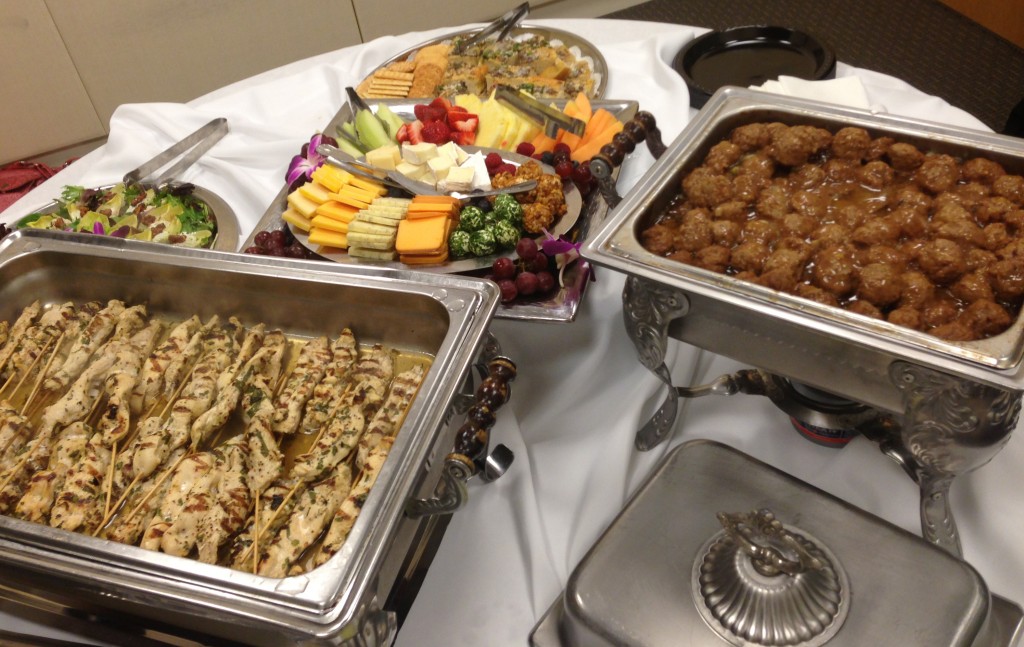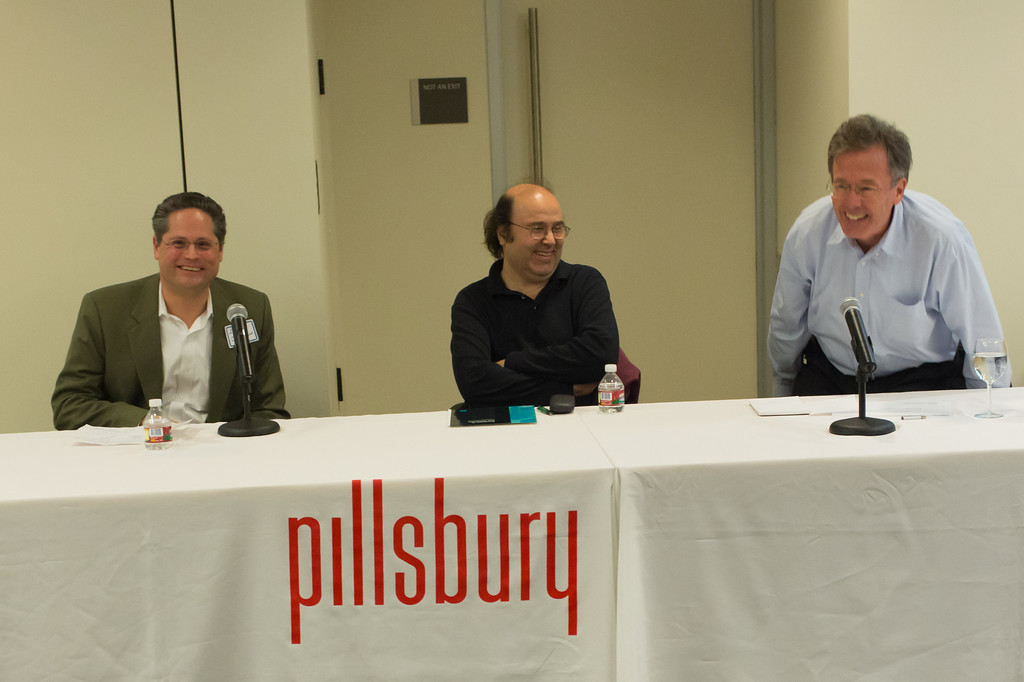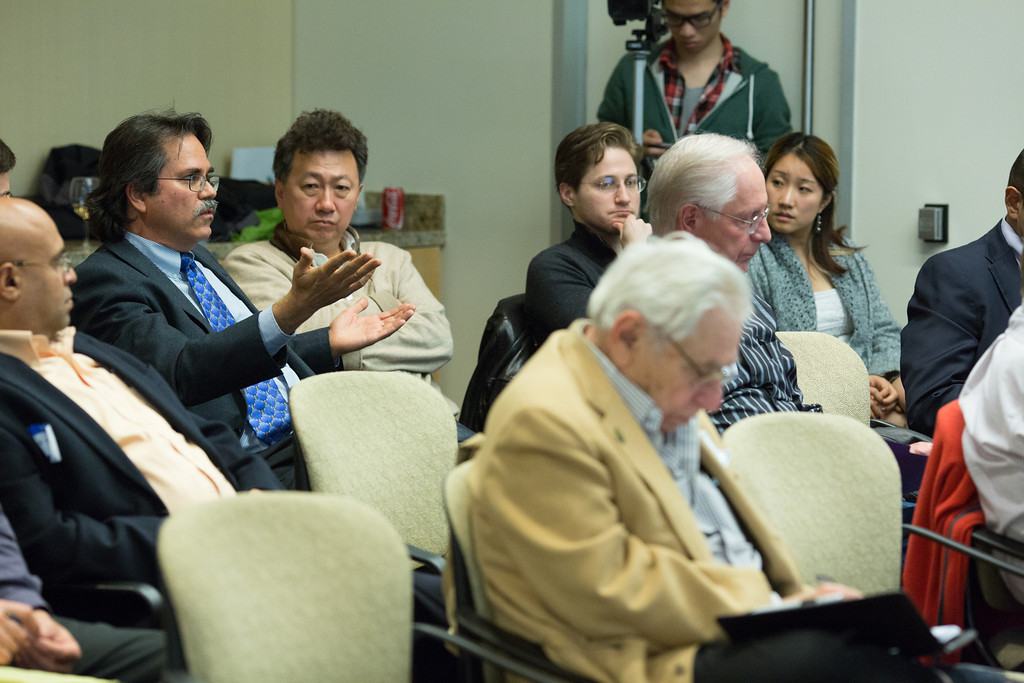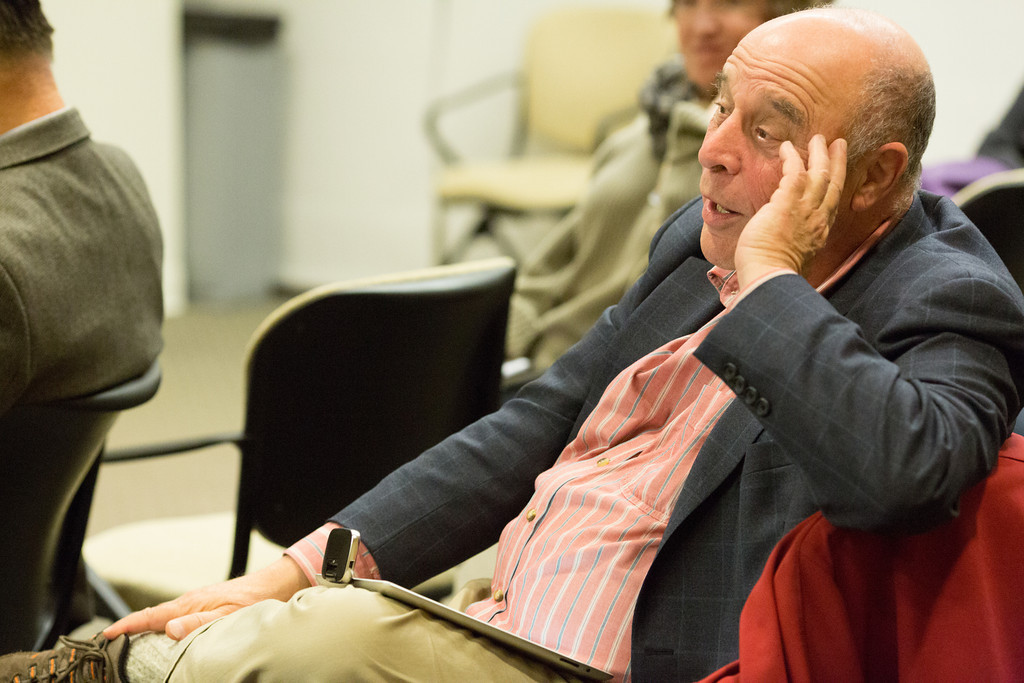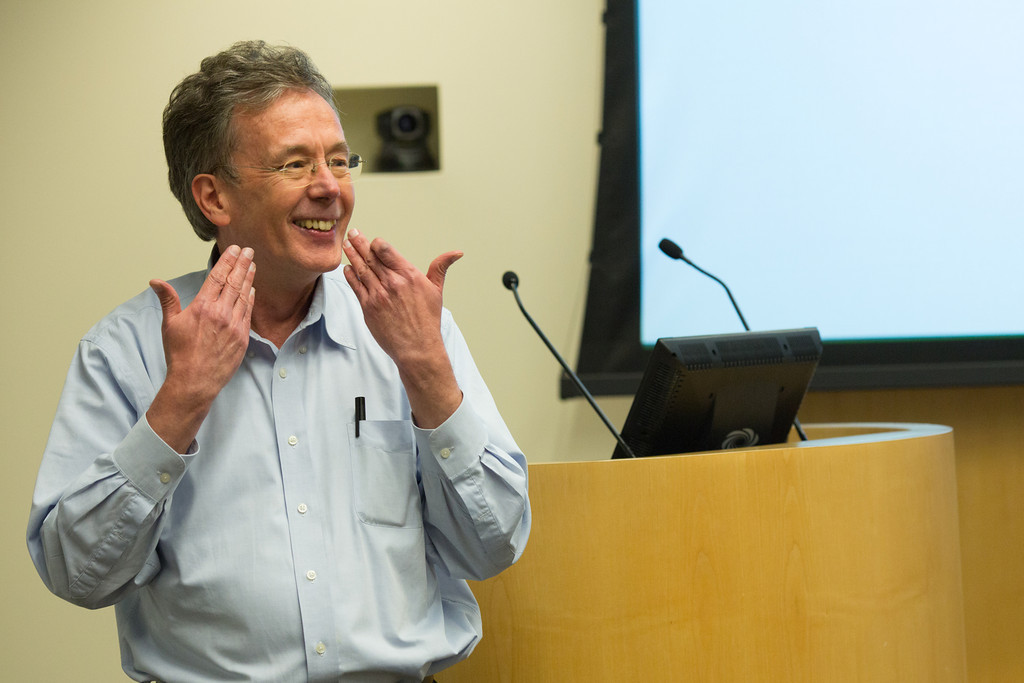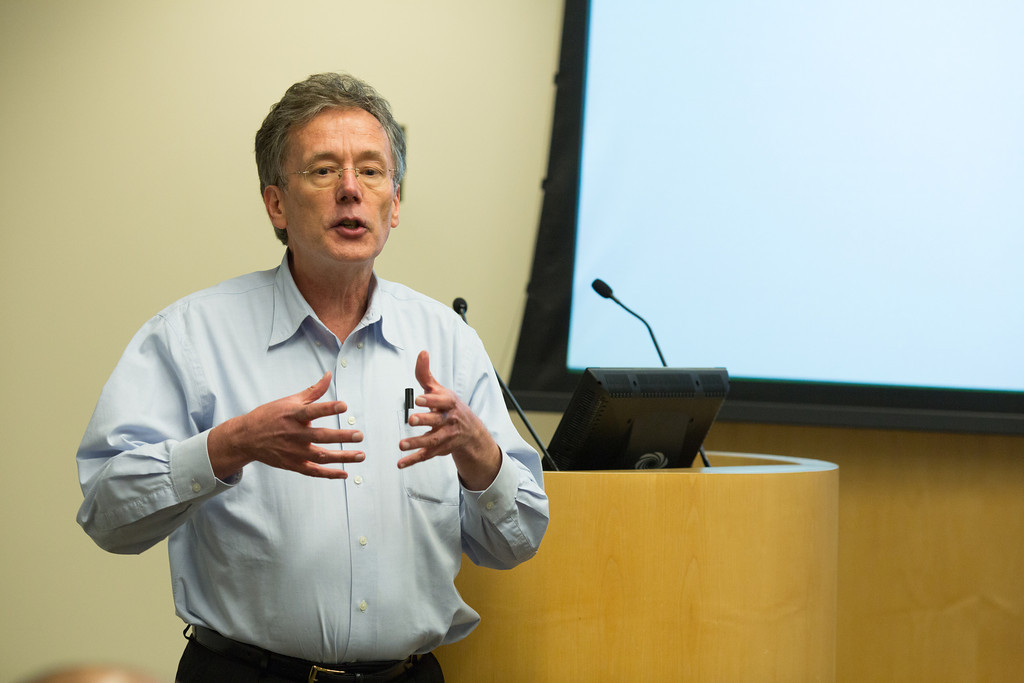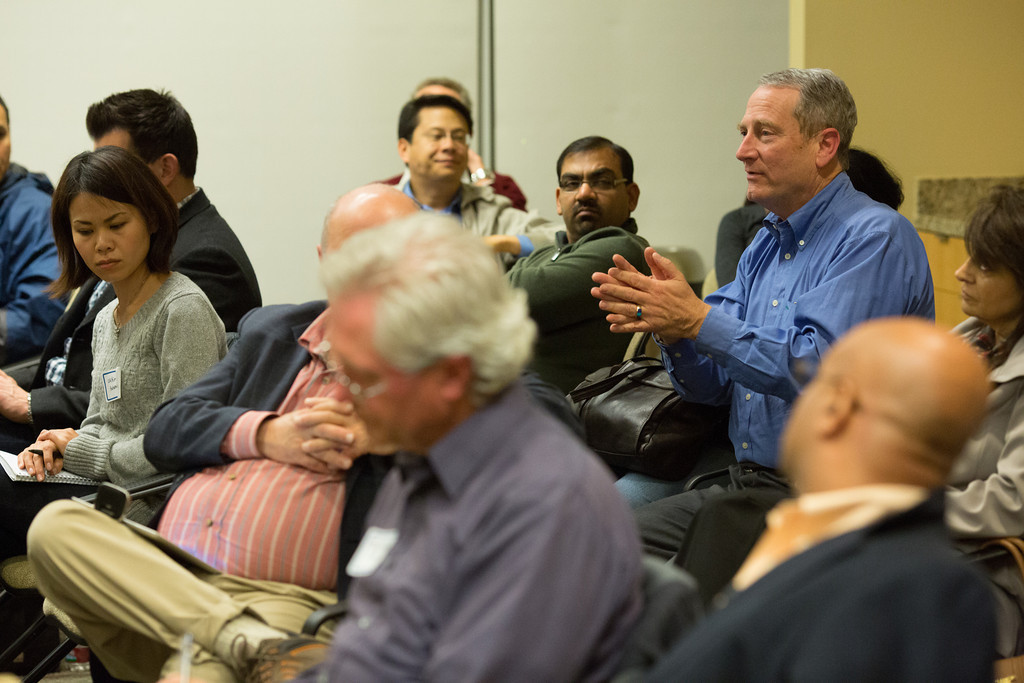Business
Innovation applied to all dimensions of business including but not limited to: growing, expanding, managing, and maintaining a business.
FEB 19th: How Much Is It? (The Nightmare of Valuating Intangibles)

ENGINEERS: If you are so smart, why are all the honors club rejects who flunked organic chem…also the ones passing out all the gold?
ACCOUNTANTS: How the heck do you certify that a company without revenue, eyeballs, product, alliance, IP deal, or even a marquis team is worth its valuation on paper?
LAWYERS: To you, reputation IS gold. If the initial valuation is too low, then the founders are screwed. If the initial valuation is too high, then future investments may not be possible without a reverse stock split.. which rarely happens. How do you decide?
ECONOMISTS: If you call youself one, we know you have something to say.
Come find out how the alligator can wrestle with the cobra while the monkey steals back its banana from the cobra’s den, and all three can still come out alive… and winners!
Join us this Feb 19th, at the offices of Pillsbury Winthrop Shaw Pittman LLP:

2550 Hanover Street
Palo Alto, CA 94304
*Refreshments (besides bananas..) will be provided.
Pre-Registration Tickets ($20) – on SALE NOW!
PANELIST BIOS:



Internships
ABOUT SVII:
Is Technology, Business, or the Arts the key to the future?The answer is all three, together.
The Silicon Valley Innovation Institute (SVII) seeks interns to join a team of vibrant volunteers out to change the world through intelligence, soul, and action. Our mission statement at SVII is to “Turn Vision Into Value”, and as a community, to support other innovative kindred spirits to do the same. We represent the spirit of the Silicon Valley, and we believe in the power of innovation in paving the way of the future.
COMPENSATION:
– Unparalleled networking opportunities (Interact with accomplished entrepreneurs, artists, and some of the most brilliant folks from all around the Bay and beyond!)
– Add valuable experience to your portfolio/resume
– Complimentary ticket to SVII’s monthly innovation events
– Be a part of cultivating this globally influential community, and help to put on the most intellectually stimulating, and emotionally poignant events every month around topics relevant to innovatorsROLE:
You will report to the Executive Director, and will be responsible for one of the following sample sets of responsibilities within SVII’s operations:Web Design / Development: Help to revamp the SVII website to even more accurately reflect the community and its members and activities.
Marketing/Community Ambassador: Strategize and implement (fun!) and creative ways to broaden our impact and grow our community; Think outside the box to bring our stellar monthly events in front of new audiences and potential kindred spirits
Social Media Marketing: Help to promote our monthly events, and raise awareness and brand recognition through social media (Facebook, Twitter, LinkedIn, Google Analytics, etc.)
Event Organization: A lot of details go into our monthly innovation events – Work with Executive Director to ensure that each monthly Wed event is logistically successful
Innovation Blogger: Create interesting and stimulating blog post recap of each monthly event; Contribute other blogs entries around topics in innovation
Video Production Team: Capture footage (AV) for monthly innovation events; Edit footage into a single attention grabbing short film that captures the essence of the evening (for distribution on the SVII website and promotion to the Silicon Valley and global innovation communities); Writers with ideas for more unconventional coverage videos also welcome
It’s hard to master innovation from school books. We will customize each internship position we fill to create the most suitable synergy between you and SVII. If interested, get in touch!
